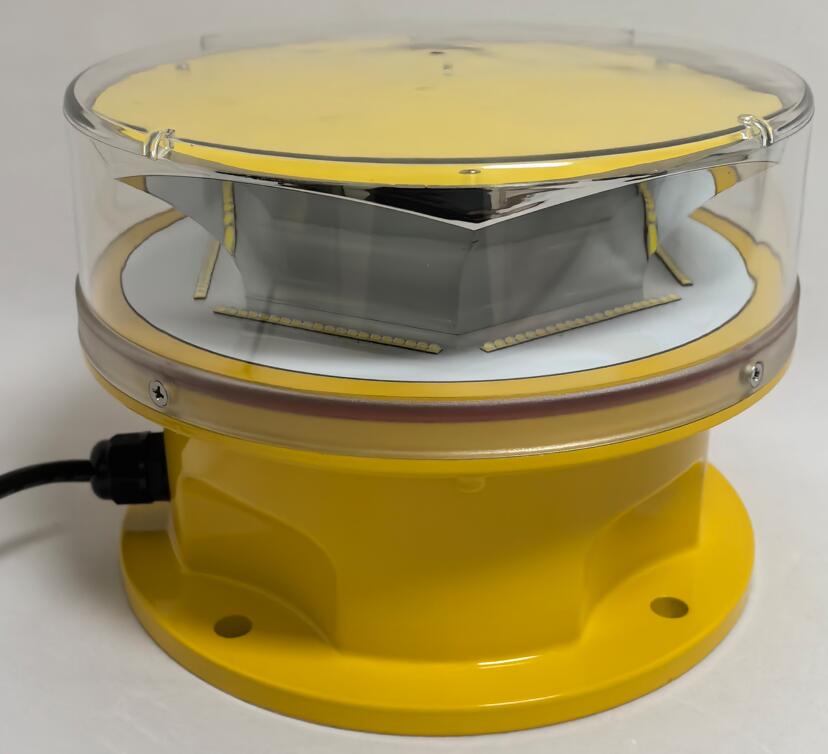The Critical Role of Aircraft Obstruction Lights in Aviation Safety
Aircraft obstruction lights are essential components of aviation safety, designed to prevent collisions between aircraft and tall structures such as towers, bridges, and wind turbines. These lights serve as visual warnings, especially during low visibility conditions, ensuring that pilots can identify potential hazards from a distance. This article explores the importance, types, regulations, and technological advancements in aircraft obstruction lights.
Why Aircraft Obstruction Lights Matter
The primary purpose of aircraft obstruction lights is to enhance visibility and reduce the risk of accidents. Tall structures pose significant threats to low-flying aircraft, particularly during takeoff, landing, or adverse weather conditions. By emitting bright, flashing, or steady lights, these systems alert pilots to obstructions, allowing them to adjust their flight paths accordingly.
Without proper lighting, structures like communication towers, skyscrapers, and power lines could become invisible at night or in fog, leading to catastrophic collisions. The International Civil Aviation Organization (ICAO) and other regulatory bodies mandate the use of aircraft obstruction lights to maintain safe airspace.
Types of Aircraft Obstruction Lights
Aircraft obstruction lights are categorized based on their intensity, color, and flash patterns. The main types include:
1. Low-Intensity Obstruction Lights
These lights are used on structures below 45 meters (148 feet) and emit a steady red glow. They are typically installed on buildings, cranes, and smaller towers where high-intensity lighting is unnecessary.
2. Medium-Intensity Obstruction Lights
Structures between 45 and 150 meters (148 to 492 feet) require medium-intensity lights. These can be steady red or flashing white, depending on the location and time of day. Flashing white lights are often used during daylight, while red lights are more visible at night.

3. High-Intensity Obstruction Lights
For structures exceeding 150 meters, high-intensity white flashing lights are mandatory. These powerful beacons are visible from long distances and are crucial for extremely tall structures like skyscrapers and large communication towers.
4. Dual Lighting Systems
Some installations combine red and white lights to ensure visibility under all conditions. For example, steady red lights may be used at night, while flashing white lights operate during the day.
Regulations and Standards
Aircraft obstruction lights must comply with strict international and national regulations. Key standards include:
| aircraft obstruction lights |
ICAO Annex 14: Specifies lighting requirements for structures near airports and in flight paths.
FAA (Federal Aviation Administration) Advisory Circular 70/7460-1L: Provides guidelines for obstruction lighting in the U.S.
European Aviation Safety Agency (EASA) Standards: Ensures compliance across European airspace.
These regulations define light intensity, placement, and maintenance protocols to ensure consistent performance.
Technological Advancements
Modern aircraft obstruction lights incorporate advanced technologies to improve efficiency and reliability:
| aircraft obstruction light |
LED Lighting: LED-based obstruction lights consume less energy, last longer, and provide brighter illumination compared to traditional incandescent bulbs.
Solar-Powered Systems: Remote or off-grid structures now use solar-powered lights, reducing dependency on electrical grids.
Smart Monitoring: Some systems feature remote diagnostics, allowing operators to detect failures and perform maintenance proactively.
Aircraft Detection Lighting Systems (ADLS): These intelligent systems activate lights only when an aircraft is detected, minimizing light pollution.
Aircraft obstruction lights are indispensable for aviation safety, preventing collisions and ensuring clear visibility for pilots. With evolving technologies and stringent regulations, these systems continue to improve, offering greater reliability and efficiency. As urban landscapes grow taller and air traffic increases, the role of aircraft obstruction lights will remain vital in safeguarding both aircraft and ground-based structures.
By adhering to global standards and embracing innovation, the aviation industry can further enhance safety and reduce risks in increasingly crowded airspace.
